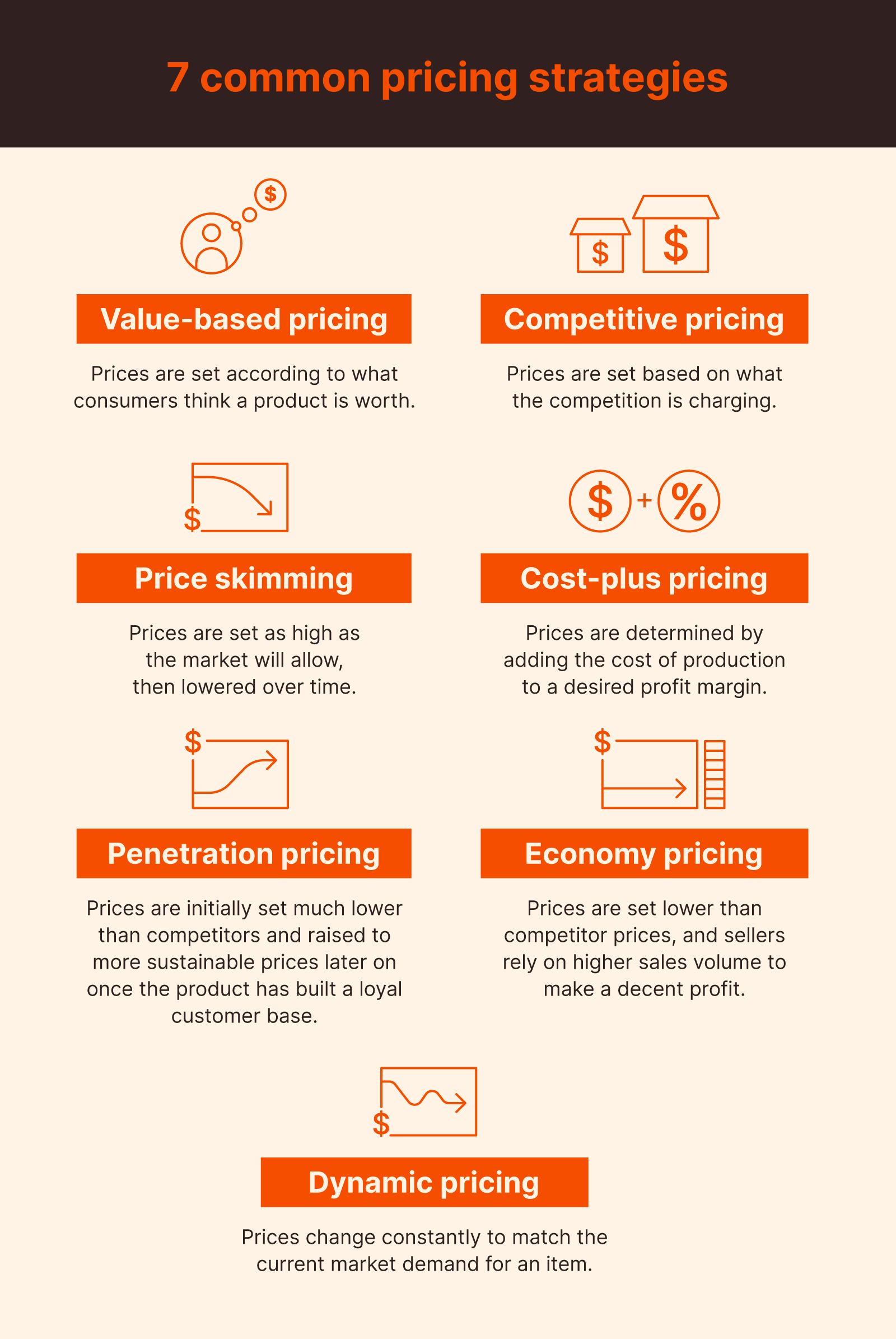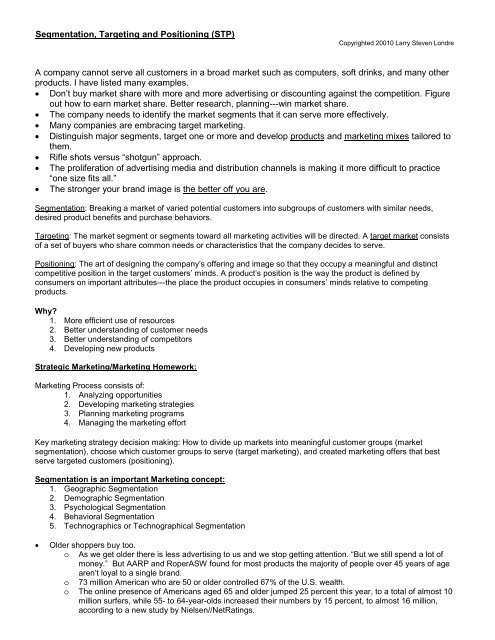A "more for less" positioning strategy is a marketing approach that aims to offer customers greater value for their money by providing them with more benefits or features for a lower price than the competition. This strategy can be particularly effective in highly competitive markets where customers are looking for the best deal possible.
One example of a company that has successfully employed a "more for less" positioning strategy is Walmart. Walmart is known for its low prices and wide selection of products, and has built its reputation on offering customers more value for their money. This has helped Walmart become one of the largest retailers in the world, with a loyal customer base that is willing to shop at its stores in order to save money on everyday items.
In order to achieve its "more for less" positioning, Walmart has implemented a number of strategies. One of the key ways that it does this is by using its size and purchasing power to negotiate lower prices from its suppliers. This allows Walmart to offer its products at a lower cost than many of its competitors, which in turn allows it to pass on those savings to its customers.
In addition to its low prices, Walmart also offers its customers a wide range of products and services, including groceries, electronics, home goods, and more. This allows customers to shop for all of their needs in one place, rather than having to visit multiple stores or websites to find what they are looking for. This convenience factor is another way that Walmart is able to offer more value to its customers.
Another example of a company that has successfully employed a "more for less" positioning strategy is Amazon. Like Walmart, Amazon is known for its low prices and wide selection of products. However, Amazon takes this a step further by offering customers free shipping on many of its products, as well as a number of other perks, such as the ability to stream movies and music, access to a library of e-books, and more.
By offering its customers more benefits and features for a lower price than its competitors, Amazon has been able to establish itself as one of the dominant players in the online retail market. Its "more for less" positioning has helped it to attract and retain a large and loyal customer base, and has contributed to its continued growth and success.
In conclusion, the "more for less" positioning strategy is a powerful marketing approach that can help companies to stand out in crowded and competitive markets. By offering customers greater value for their money, companies can differentiate themselves from their competitors and build a loyal customer base. Walmart and Amazon are just two examples of companies that have successfully employed this strategy and have reaped the rewards as a result.






